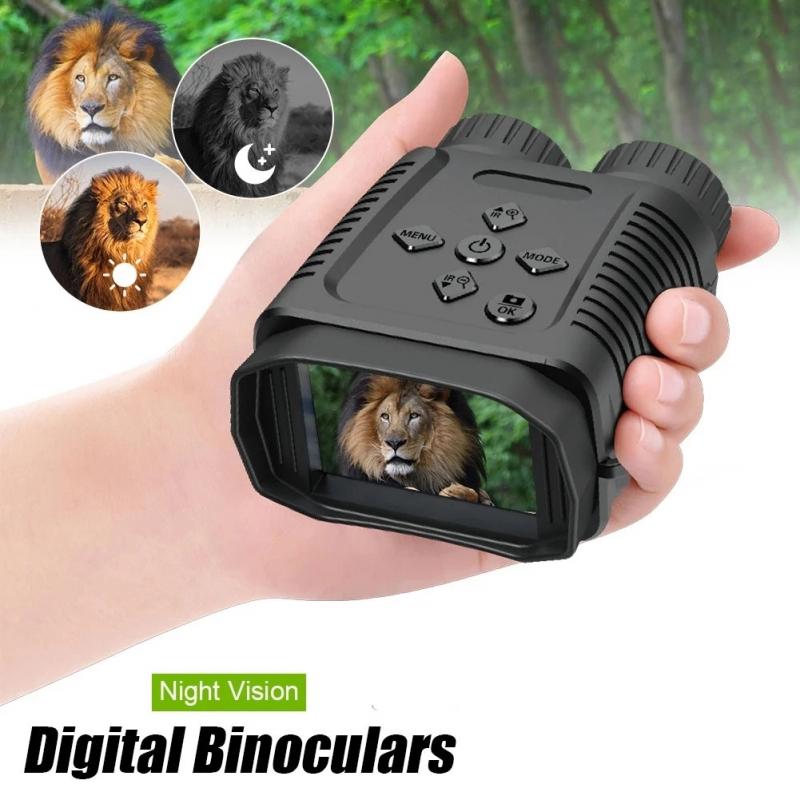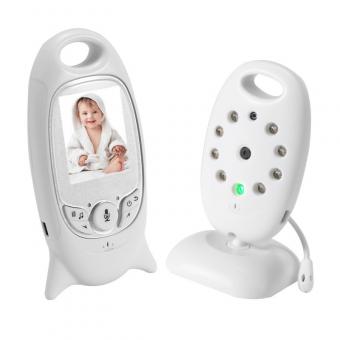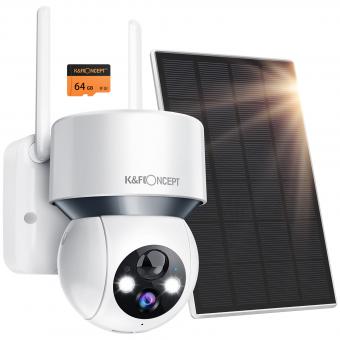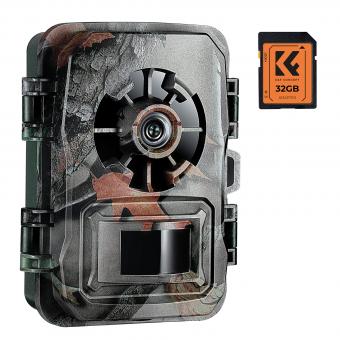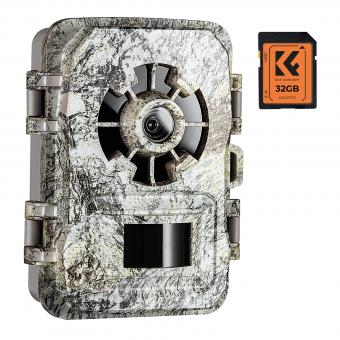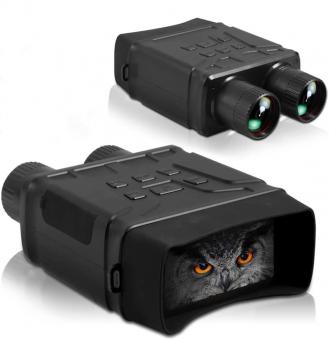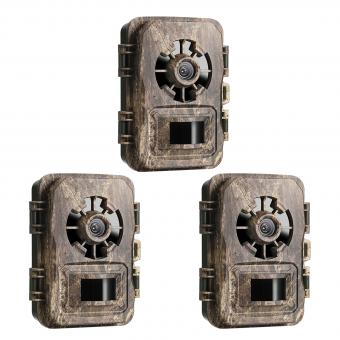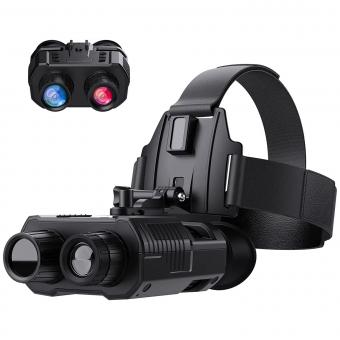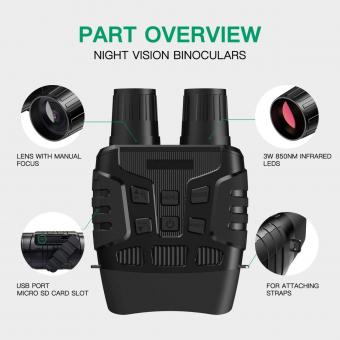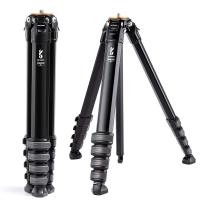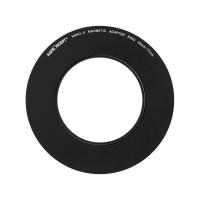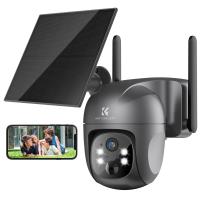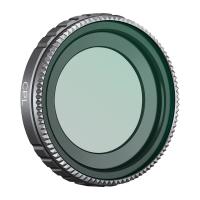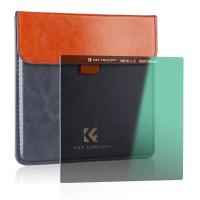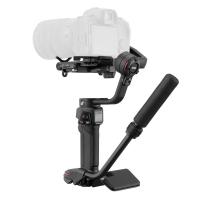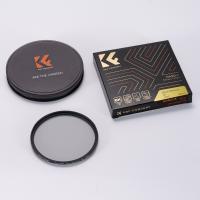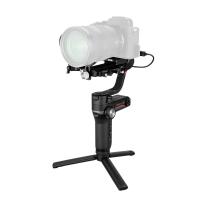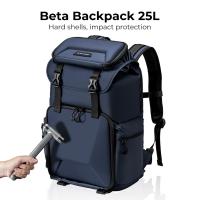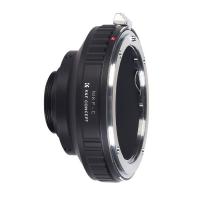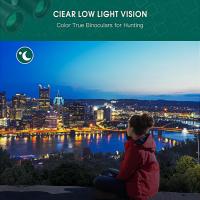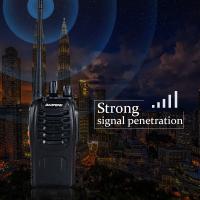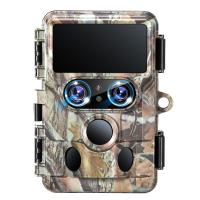How To Use Night Vision Binoculars ?
To use night vision binoculars, first ensure that the batteries are fully charged or replace them if needed. Adjust the interpupillary distance to match your eyes by moving the barrels closer or farther apart. Next, adjust the focus wheel until the image appears clear. Activate the night vision mode, usually by flipping a switch or pressing a button. Allow a few moments for the binoculars to adjust to the low light conditions. Look through the eyepieces and scan the area you want to observe. Use the zoom feature, if available, to magnify distant objects. Remember to keep the binoculars steady by using a tripod or stabilizing against a solid surface. Finally, when you are finished, turn off the night vision mode and store the binoculars in a safe place.
1、 Understanding night vision technology and its limitations
Understanding night vision technology and its limitations is crucial before learning how to use night vision binoculars effectively. Night vision technology allows us to see in low-light or dark conditions by amplifying the available light. It works by capturing and intensifying the existing light, such as moonlight or starlight, and converting it into visible images.
To use night vision binoculars, follow these steps:
1. Familiarize yourself with the device: Read the user manual thoroughly to understand the specific features and controls of your night vision binoculars. Different models may have varying functionalities.
2. Adjust the focus: Most night vision binoculars have a focus adjustment knob or ring. Adjust it until the image appears clear and sharp.
3. Activate the night vision mode: Depending on the model, you may need to switch on the night vision mode or power up the device. Some binoculars have automatic light sensors that activate the night vision mode when it gets dark.
4. Use the infrared illuminator: In extremely low-light conditions, you can activate the built-in infrared illuminator. This emits infrared light that is invisible to the human eye but can be detected by the binoculars, enhancing visibility.
5. Experiment with different settings: Night vision binoculars often have adjustable settings for brightness, contrast, and gain. Experiment with these settings to optimize the image quality for your specific environment.
It is important to note that night vision technology has its limitations. It may struggle in complete darkness or in situations with no ambient light. Additionally, bright lights, such as car headlights or flashlights, can temporarily impair night vision devices. Understanding these limitations will help manage expectations and make the most of night vision binoculars.
The latest advancements in night vision technology have seen the development of digital night vision binoculars. These devices use digital sensors and processors to capture and enhance images, offering improved clarity and resolution. Some models even have built-in Wi-Fi or Bluetooth capabilities, allowing users to stream or transfer images and videos to other devices.
In conclusion, understanding the basics of night vision technology and its limitations is essential before using night vision binoculars. By following the steps mentioned above and considering the latest advancements, users can maximize the effectiveness of these devices in low-light or dark conditions.
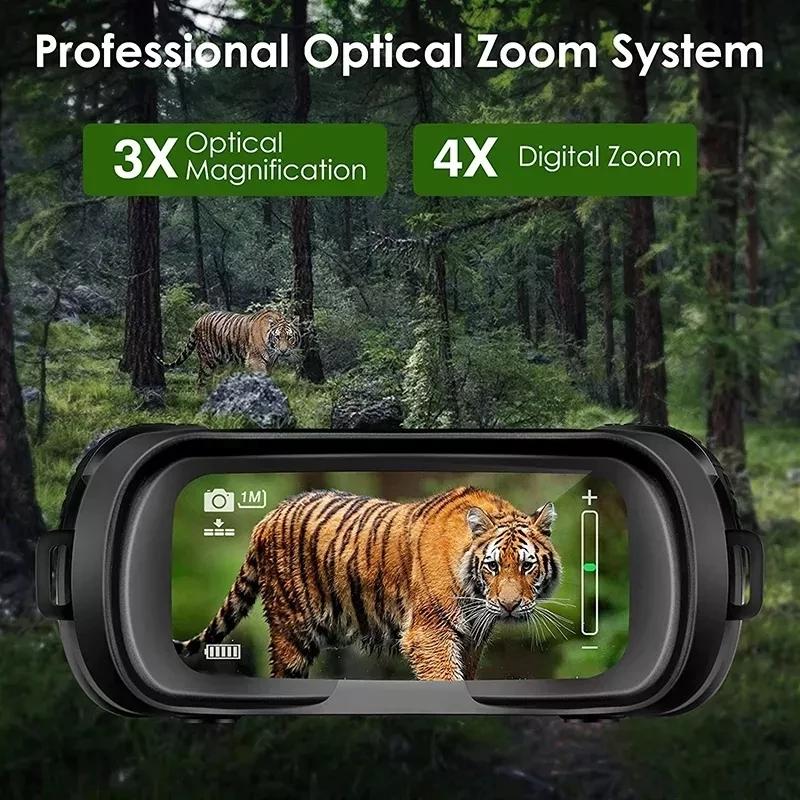
2、 Adjusting the focus and diopter settings for optimal viewing
To use night vision binoculars effectively, it is important to understand how to adjust the focus and diopter settings for optimal viewing. These adjustments will ensure that you can see clearly in low-light conditions and make the most of your night vision binoculars.
1. Adjusting the focus: Start by looking through the binoculars and identifying a distant object. Turn the central focusing wheel until the object appears clear and sharp. This adjustment allows you to focus both lenses simultaneously. It is crucial to adjust the focus properly to achieve a clear image.
2. Diopter adjustment: The diopter adjustment is used to compensate for any differences in vision between your eyes. Look through the binoculars with one eye closed and use the diopter adjustment ring or lever to focus the image in the open eye. Once the image is clear, switch eyes and repeat the process. The diopter adjustment should be set to match your individual eyesight.
3. Fine-tuning the focus: After adjusting the focus and diopter settings, you may need to fine-tune the focus for different distances. This can be done by using the central focusing wheel to make small adjustments until the image is clear at the desired distance.
It is worth noting that the latest night vision binoculars often come with advanced features such as automatic focus and digital enhancements. These features can simplify the process of adjusting the focus and diopter settings, providing a more user-friendly experience.
In conclusion, adjusting the focus and diopter settings is crucial for optimal viewing with night vision binoculars. By following these steps, you can ensure a clear and sharp image, allowing you to make the most of your night vision capabilities.
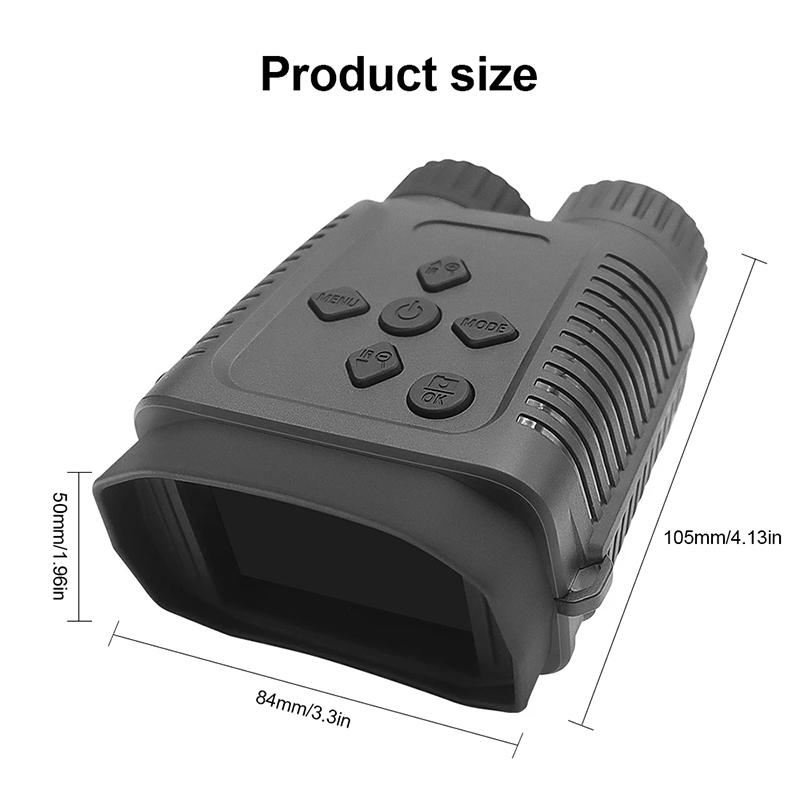
3、 Properly positioning and stabilizing the binoculars for steady viewing
Night vision binoculars are a valuable tool for enhancing visibility in low-light conditions. Whether you are an outdoor enthusiast, a wildlife observer, or a security professional, knowing how to use night vision binoculars properly is essential for optimal performance. Here are some steps to help you make the most of your night vision binoculars:
1. Familiarize yourself with the controls: Night vision binoculars come with various settings and adjustments. Take the time to understand the different buttons, switches, and dials on your device. This will allow you to quickly adjust the brightness, focus, and other settings as needed.
2. Properly position and stabilize the binoculars: To achieve steady viewing, hold the binoculars close to your eyes and adjust the interpupillary distance to match your eye width. Use the head strap or neck strap to secure the binoculars in place, reducing hand movements that can cause shaking. Additionally, consider using a tripod or other stabilizing equipment for extended viewing sessions.
3. Adjust the focus: Night vision binoculars often have a focus wheel or diopter adjustment to fine-tune the image clarity. Start by adjusting the focus on a well-lit object, then fine-tune it for the desired level of sharpness in the dark.
4. Experiment with different settings: Night vision binoculars may have different modes, such as black and white or green display. Try out different settings to find the one that provides the best visibility for your specific environment.
5. Avoid bright lights: Night vision binoculars are sensitive to bright lights, which can cause temporary or permanent damage to the device. Avoid shining lights directly into the binoculars or exposing them to intense light sources.
6. Keep the lenses clean: Regularly clean the lenses with a soft cloth to remove dust, smudges, or fingerprints. This will ensure clear and crisp images.
As technology advances, night vision binoculars continue to improve in terms of image quality, range, and durability. It is always recommended to consult the manufacturer's instructions and stay updated with the latest advancements to make the most of your night vision binoculars.
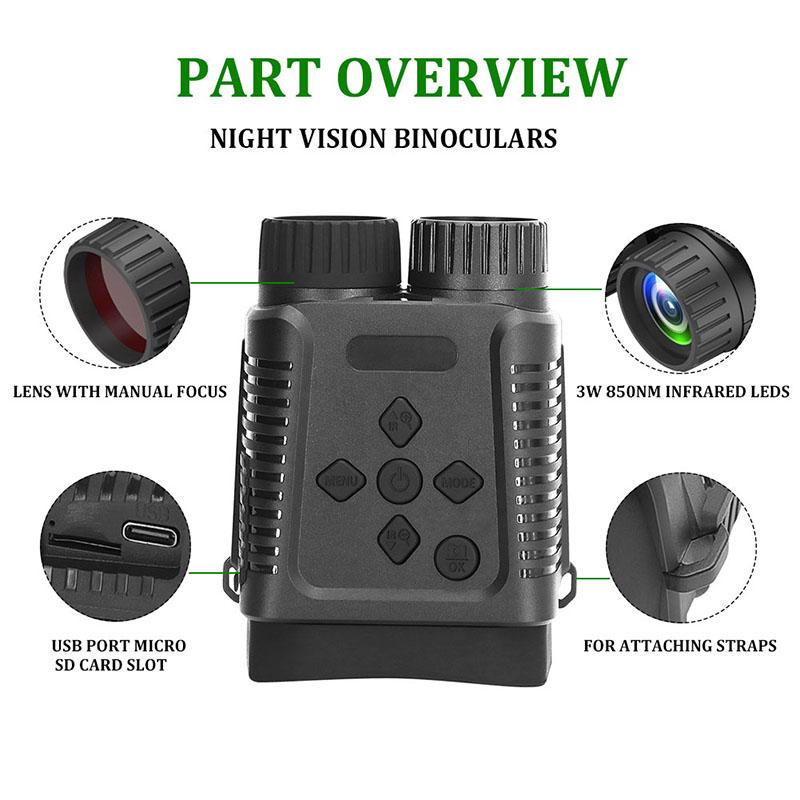
4、 Utilizing infrared illuminators to enhance visibility in complete darkness
Night vision binoculars are a valuable tool for enhancing visibility in low-light conditions or complete darkness. These devices utilize advanced technology to amplify available light and provide a clear view of the surroundings. However, in situations where there is no ambient light, such as in complete darkness, night vision binoculars may struggle to provide a clear image. This is where infrared illuminators come into play.
Infrared illuminators are built-in or detachable devices that emit infrared light, which is invisible to the human eye but can be detected by night vision binoculars. When activated, the illuminator floods the area with infrared light, which is then reflected back to the binoculars, allowing for enhanced visibility even in pitch-black environments.
To use night vision binoculars with infrared illuminators effectively, follow these steps:
1. Familiarize yourself with the binoculars: Read the user manual to understand the specific features and controls of your night vision binoculars. This will help you navigate the device and make the most of its capabilities.
2. Activate the infrared illuminator: Locate the infrared illuminator switch or button on your binoculars. Turn it on to activate the illuminator. Some binoculars may have adjustable intensity settings for the illuminator, allowing you to customize the amount of infrared light emitted.
3. Adjust the focus: Use the focus wheel or diopter adjustment on your binoculars to achieve a clear image. This step is crucial for obtaining a sharp and detailed view of the surroundings.
4. Scan the area: Slowly pan the binoculars across the area you wish to observe. Take your time to scan the environment thoroughly, as the infrared illuminator may reveal details that are otherwise invisible to the naked eye.
5. Experiment with different settings: Depending on the specific conditions and requirements, you may need to adjust the intensity of the infrared illuminator or other settings on your binoculars. Experiment with these settings to find the optimal configuration for your needs.
It is important to note that the effectiveness of night vision binoculars with infrared illuminators can vary depending on factors such as the distance to the target, the quality of the device, and the ambient conditions. Therefore, it is advisable to test and familiarize yourself with the binoculars in different scenarios to fully understand their capabilities.
In conclusion, utilizing infrared illuminators is essential for enhancing visibility in complete darkness when using night vision binoculars. By following the steps outlined above and experimenting with different settings, you can maximize the effectiveness of these devices and gain a clear view of your surroundings even in the darkest of environments.
